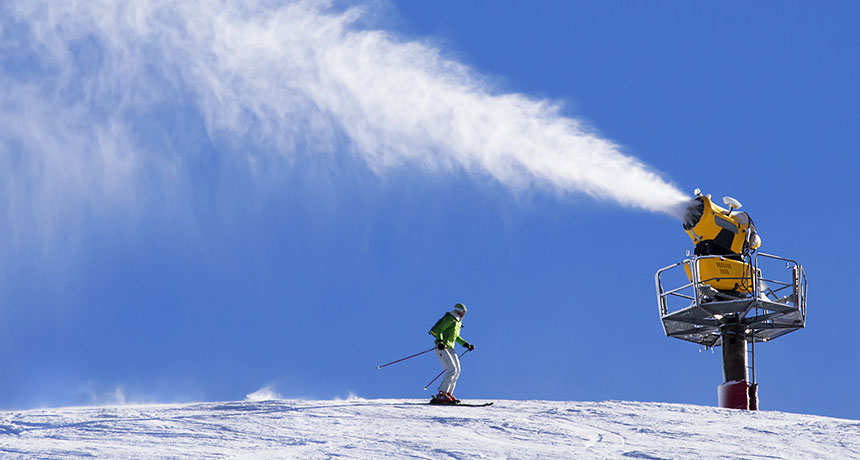Bacteria use cool trick to make ice
Microbes sort water molecules into heat-sapping formation

ICE, ICE BABY Pseudomonas syringae bacteria can freeze water at above-freezing temperatures, so they’re often used to help make artificial snow for ski slopes.
Mr. Green/Shutterstock